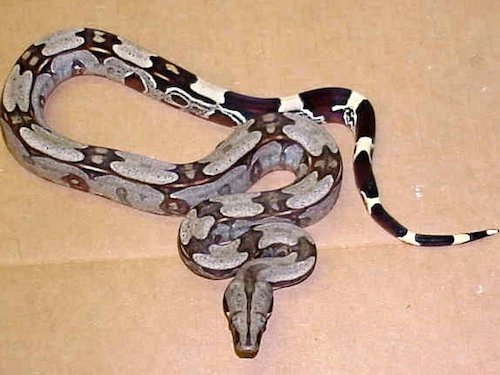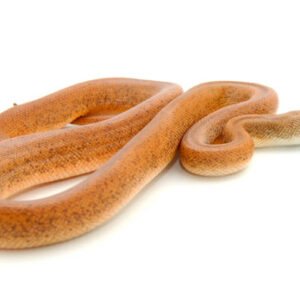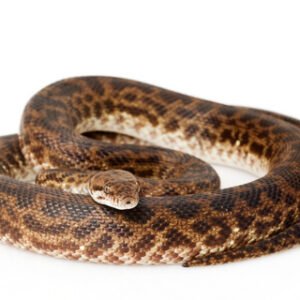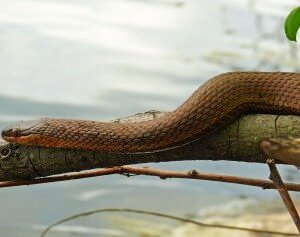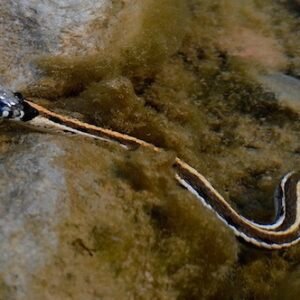Understanding the Suriname Red Tail Boa
The Suriname Red Tail Boa (Boa constrictor constrictor) is a strikingly beautiful species, celebrated for its distinct coloration and patterns. Adults typically grow to an impressive length of 8 to 10 feet, although some individuals may reach lengths of up to 12 feet. Their bodies are robust, designed perfectly for constricting prey. The dominant color is a rich brown, accented with reddish and orange hues along the tail, which contribute to their allure among snake enthusiasts.
This species demonstrates a unique pattern of large, dark blotches that run along its back. These patterns serve as a crucial camouflage, allowing the boa to blend seamlessly into the dense foliage of its natural habitat, which primarily consists of tropical rainforests in Suriname. The environmental factors within these ecosystems, including humidity and temperature, play an essential role in the behavior and lifestyle of the Suriname Red Tail Boa. They are both terrestrial and arboreal, showcasing a versatility in climbing and maneuvering through the tree canopies as well as moving along the forest floor.
The Suriname Red Tail Boa occupies a significant niche within its ecosystem, acting as both predator and prey. Its diet primarily consists of small mammals, birds, and occasionally reptiles, which it captures using its powerful constriction method. As a carnivorous reptile, it relies on its exceptional hunting skills to thrive in the wild. The boa’s role in controlling rodent populations also contributes to maintaining ecological balance, highlighting its importance in the biological community. These distinctive traits and behaviors not only set the Suriname Red Tail Boa apart from other boa species but also emphasize its vital role in the health of its natural habitat.
Care and Maintenance of Suriname Red Tail Boas in Captivity
Ensuring the well-being of a Suriname Red Tail Boa in captivity requires meticulous attention to various care requirements. Proper housing is crucial; these snakes typically need a spacious enclosure that allows them to move comfortably. A minimum tank size of 6 feet in length is recommended for adult boas to ensure adequate space for both exploration and hiding. Additionally, the enclosure should include secure hiding spots as well as climbing opportunities, given their natural arboreal tendencies.
Temperature and humidity are critical components of a Suriname Red Tail Boa’s environment. The ambient temperature should range between 80°F to 85°F on the warm side of the habitat, while the cooler side should be around 75°F. A basking spot temperatures can be as high as 90°F. Maintaining a humidity level between 50% and 70% is essential, and owners should monitor these conditions regularly. Installing a hygrometer and an appropriate heat source, such as a heat mat or ceramic heat emitter, can help achieve and maintain the desired conditions.
Feeding schedules also play a significant role in the health of a Suriname Red Tail Boa. Young boas should be fed every 5-7 days, while adults can be fed every 10-14 days. The diet primarily consists of appropriately sized rodents, such as mice or rats. It is essential to offer pre-killed or thawed prey to prevent injuries to the snake. Overfeeding can lead to obesity, a common health issue in captive snakes, so maintaining a consistent and appropriate feeding regimen is crucial.
Handling practices must be approached with care. Serpents, including Suriname Red Tail Boas, can become stressed with excessive handling, especially in their initial adjustment period. It is recommended to wait at least a week after acquiring your boa before starting gentle handling sessions. Regular health checks are necessary to identify any potential issues, such as shedding problems or respiratory infections, early on and to implement preventative measures that contribute to your boa’s longevity and overall health.

